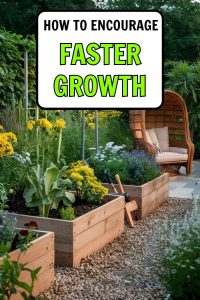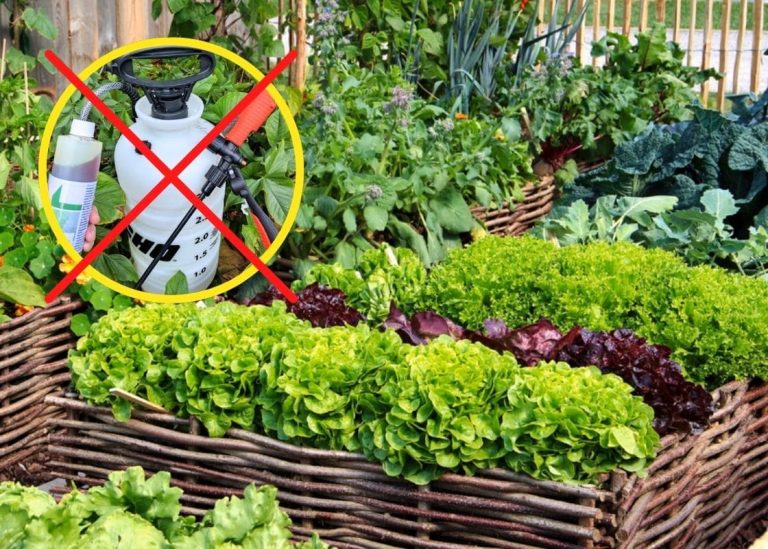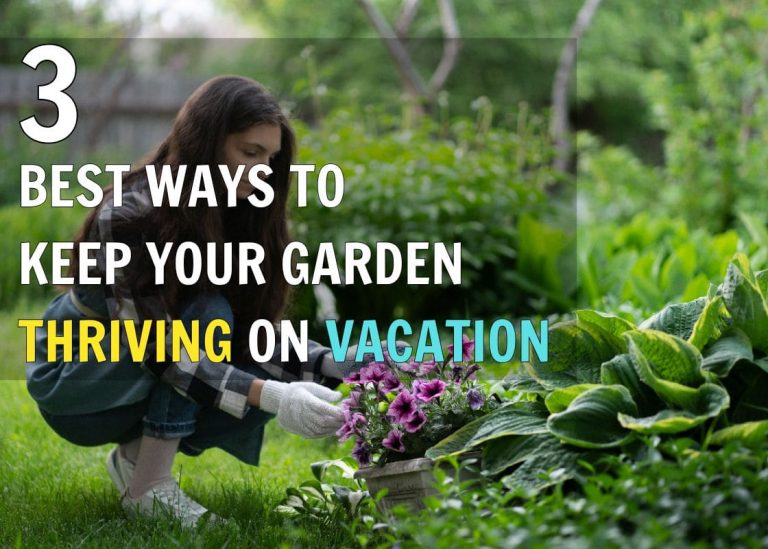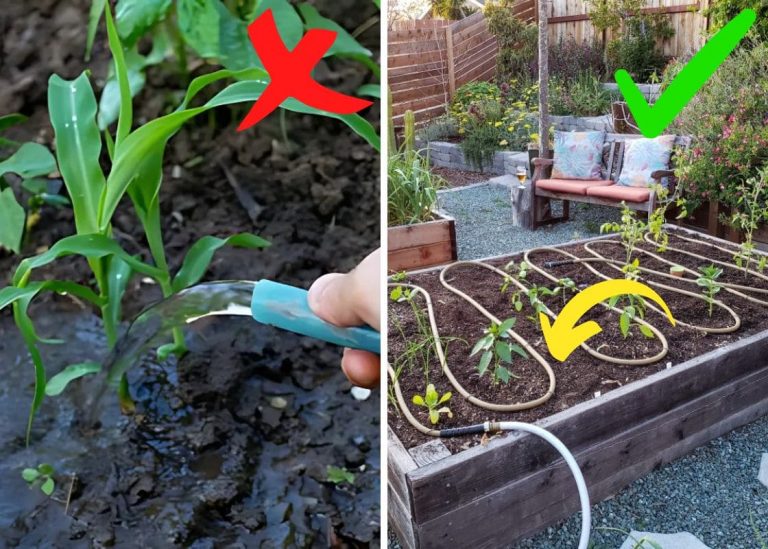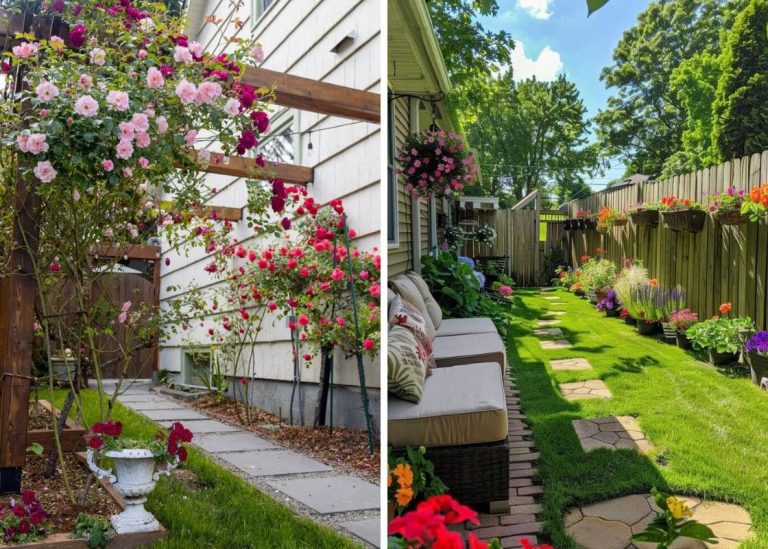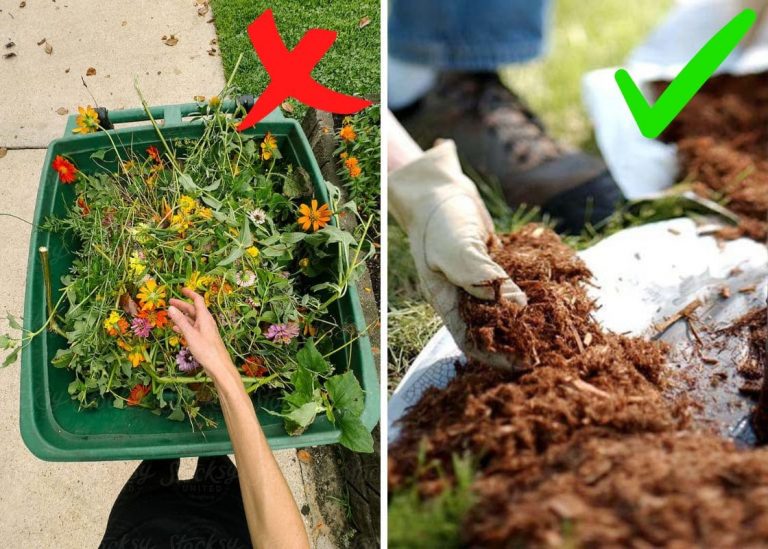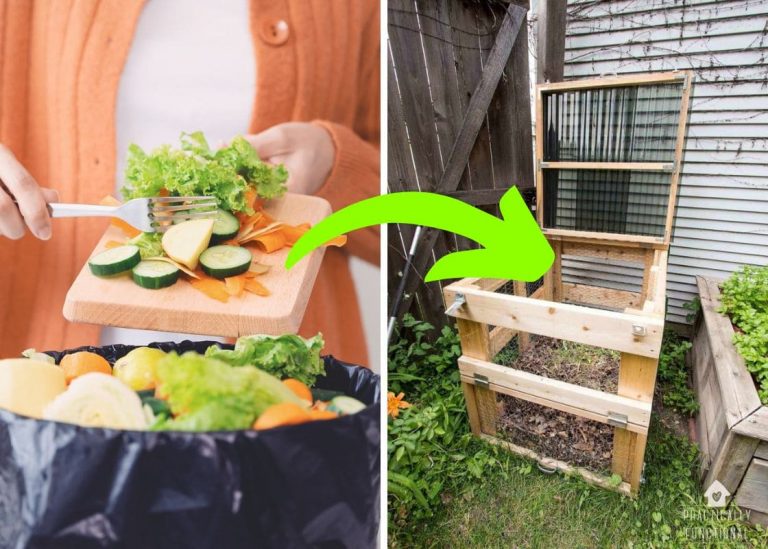How to Encourage Faster Growth in Your Garden Naturally
Every gardener wants to see lush, healthy plants growing quickly whether it’s vegetables ripening earlier, flowers blooming sooner, or trees filling out with strong branches.
I used to think that speeding up growth meant adding more fertilizer or watering more often, but over the years, I’ve learned that nature already has the answers.
When you work with your soil, choose the right plants, and create the best growing conditions, your garden will naturally thrive and grow faster without relying on artificial boosters.
Start with Rich, Healthy Soil
I used to think that as long as I planted in dirt and watered regularly, my plants would grow strong. But I quickly learned that soil is everything.
If the soil isn’t rich in nutrients and full of life, no amount of watering or fertilizing will make up for it. Now, before I plant anything, I focus on feeding the soil first.

Adding compost is my number one rule. It improves nutrient levels, moisture retention, and soil structure, making it easier for plant roots to spread and absorb what they need.
I also mix in worm castings, aged manure, and organic matter to create a balanced, fertile foundation for my plants. When soil is alive with beneficial microbes and earthworms, plants grow faster because they can access nutrients more efficiently.
One of the biggest mistakes I used to make was tilling my soil too much, thinking I was “fluffing it up.” But over time, I realized that overworking the soil destroys beneficial microbes and fungal networks that help plants absorb nutrients.
Choose Fast-Growing, Strong Varieties
Some plants are simply bred to grow faster than others. I’ve found that choosing quick-growing varieties of vegetables, flowers, and herbs makes a huge difference when I want results in less time.
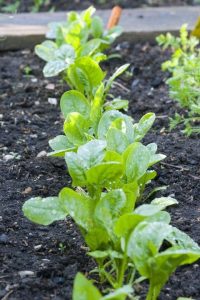
For example, leafy greens like lettuce, spinach, and arugula grow quickly and can be harvested within a few weeks.
I also choose bush beans instead of pole beans, since they mature faster and don’t require as much vertical growth. Even within tomato plants, I’ve noticed that cherry tomatoes produce fruit much earlier than larger beefsteak varieties.
Flowers also have faster-growing options. I love planting cosmos, marigolds, and zinnias when I want quick bursts of color, instead of waiting for slow bloomers like peonies.
When space is limited, I always pick high-yield plants that produce more in less time because the more your plants grow, the more energy they give back to the garden.
Water Smarter, Not More
I used to think that if my plants weren’t growing fast enough, they probably needed more water. But too much water can actually slow growth by suffocating the roots and washing away nutrients.
Instead of watering frequently, I’ve learned to water deeply and less often, which encourages plants to develop stronger, deeper roots.

The key is to water in the morning before the heat of the day, so plants have time to absorb moisture without it evaporating too quickly. If I water in the evening, I risk creating damp conditions that invite fungal diseases.
I also use mulch around my plants to lock in moisture, keeping the soil evenly damp without having to water constantly.
Boost Growth with Natural Fertilizers
My favorite natural fertilizers include compost tea, seaweed extract, fish emulsion, and aged manure, all of which provide plants with a rich mix of minerals and beneficial bacteria.

One of my favorite tricks is banana peel water. Bananas are full of potassium, which helps strengthen plant cell walls and speed up growth.
I soak banana peels in a bucket of water for a few days, then use the nutrient-rich water to feed my tomatoes, peppers, and flowering plants. The results have been incredible, stronger stems, faster blooms, and more fruit production.
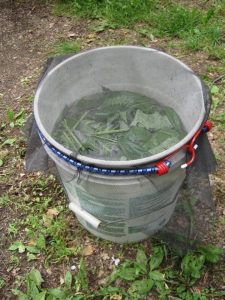
Another secret I swear by is compost tea. This liquid fertilizer is full of beneficial microbes that supercharge soil health, helping plants absorb nutrients more efficiently.
I brew it using finished compost, molasses, and aerated water, letting it sit for about 24 hours before pouring it around my plants. Every time I use it, I notice a visible boost in growth.
Encourage Beneficial Microorganisms
I avoid using chemical pesticides and herbicides, which can kill off the beneficial bacteria in my soil.
Instead, I focus on feeding the microbes with compost, mulch, and organic matter. The healthier my soil’s ecosystem, the better my plants grow.
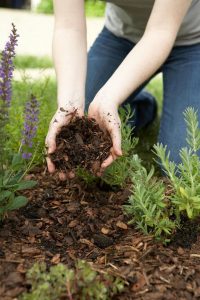
One game-changer for me was introducing mycorrhizal fungi to my garden. These natural fungi attach to plant roots, helping them absorb water and nutrients more efficiently.
Since using mycorrhizae, I’ve noticed my plants grow faster, resist drought better, and produce more fruit.
Keep Plants Pruned and Well-Spaced
Overcrowded plants compete for light, air, and nutrients, which actually slows down growth so I make sure to thin out seedlings, remove excess foliage, and prune away weak branches to encourage strong, healthy growth.
For vegetables like tomatoes, peppers, and cucumbers, I pinch off lower leaves and suckers so the plant focuses its energy on producing fruit instead of excess foliage.
In flower beds, I deadhead spent blooms to trigger new growth, keeping the garden full of fresh flowers all season long.
Use Companion Planting to Speed Up Growth
Some plants grow faster and stronger when paired with the right companions. I’ve seen my tomatoes grow better when planted with basil and marigolds, which help repel pests and stimulate healthier growth.
Similarly, planting beans near corn fixes nitrogen into the soil, naturally feeding both crops.
Companion planting has helped me boost production and reduce disease, all while making the most of my garden space. Instead of letting plants struggle on their own, I’ve learned to create mini plant communities that support each other naturally.
